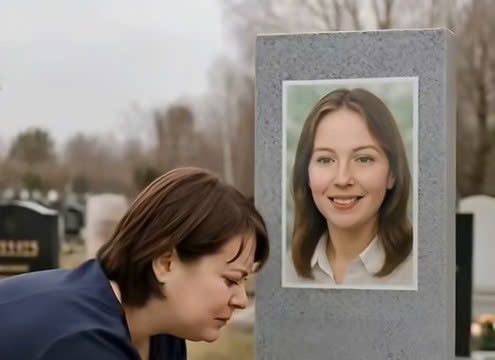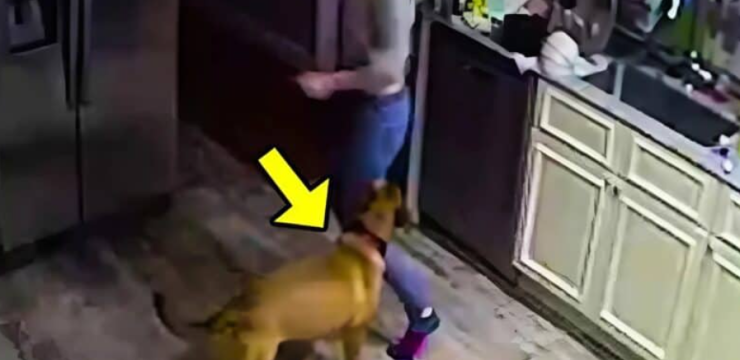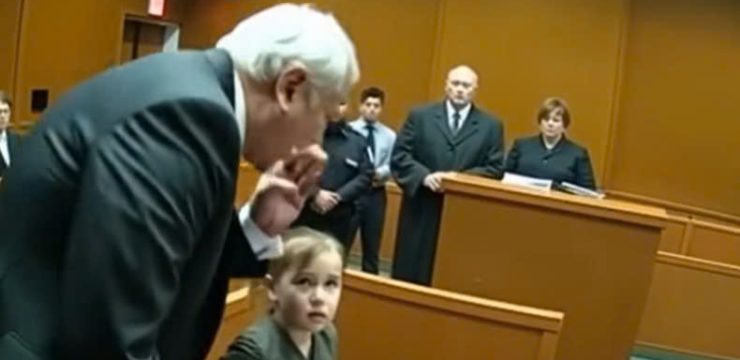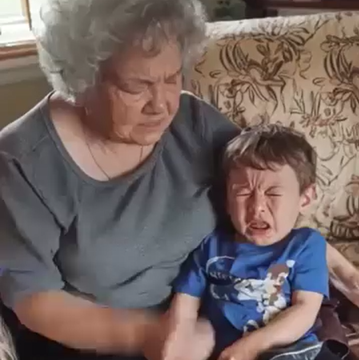It began as a sunny afternoon at a local park, a place where children’s laughter usually fills the air and parents relax while watching their kids play. But for 11-year-old Tyler Broome, that ordinary day turned into a devastating nightmare—one that would leave him hospitalized and fighting for his life. The reason? A reckless viral stunt spreading across social media known as the “Roundabout of Death.” What appeared to be a harmless challenge promising fun and peer approval quickly spiraled into a horrifying ordeal that left Tyler unconscious and permanently changed.
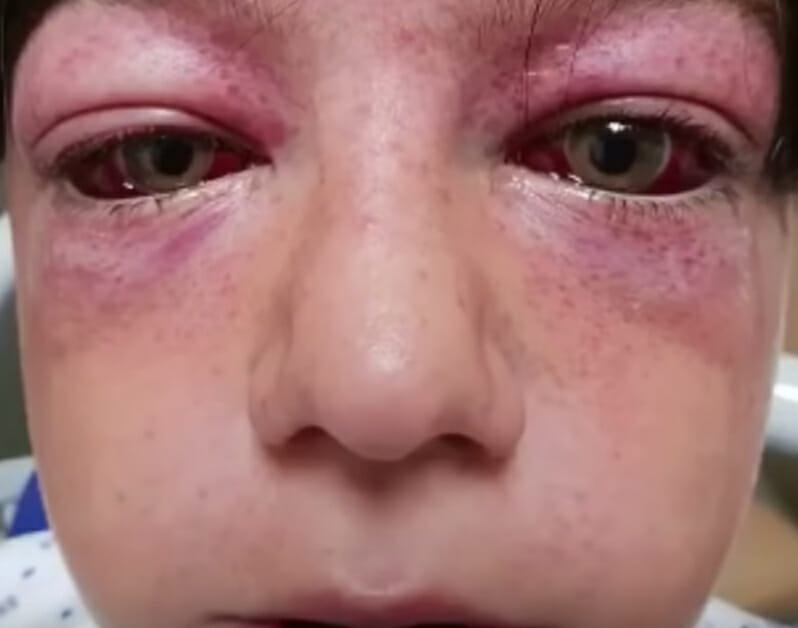
Like many kids his age, Tyler was full of energy and curiosity. He was eager to make friends, impress others, and be part of something exciting. But that innocent desire to fit in became the very thing that put him in danger. At the park that day, he and a friend encountered a group of older boys who introduced them to a so-called game they had seen online. The challenge sounded simple, but it was anything but safe. It required sitting in the middle of a playground roundabout—a piece of equipment meant for gentle spinning—while someone pressed a motorcycle tire against the edge to make it spin faster and faster. The friction created speeds far beyond what the human body can safely endure.
At first, Tyler laughed along, not realizing what he was agreeing to. But within seconds, the roundabout began to spin at a terrifying rate. The air rushed around him, his surroundings blurred into streaks of color, and the force pressing against his body intensified. Experts later explained that the G-forces he experienced were comparable to those encountered by fighter pilots during high-speed maneuvers—except pilots train for years to withstand that kind of physical strain, wearing specialized suits to prevent blood from rushing uncontrollably to the head. Tyler had no such protection. Within moments, the immense pressure overwhelmed his body. He lost consciousness, his limp frame still spinning as the boys watching began to panic.
When paramedics arrived, the scene was grim. Tyler lay motionless, his face grotesquely swollen, with visible damage around his eyes and forehead. Burst blood vessels left his skin covered in red patches, and his breathing was shallow. Medical professionals were stunned. His injuries were so rare that doctors had to consult specialized medical references before beginning treatment. One emergency physician described Tyler’s condition as something “we have never seen in a child before.” They feared he had suffered brain trauma, along with potential damage to his eyesight caused by extreme pressure inside his skull.
Tyler was rushed to the hospital, where doctors worked tirelessly to stabilize him. His mother, Dawn Broome, received the call no parent ever wants to hear. When she arrived at the hospital and saw her son, she barely recognized him. “He looks nothing like my child,” she said through tears. “His head is swollen completely. His eyes look strange, and he can’t remember what happened.” The emotional toll was unbearable. For Dawn, this wasn’t just an accident—it was the result of peer pressure and negligence. “This wasn’t a harmless game,” she added. “It was bullying. Those older boys pressured him, put him in danger, and then walked away when he collapsed.”
Doctors confirmed that Tyler had been extremely lucky to survive. The physical effects of the incident resembled conditions seen in fighter pilots who experience excessive gravitational forces—except Tyler’s body wasn’t trained or equipped to handle such stress. His recovery was uncertain. Over the following days, he suffered from severe headaches, dizziness, and memory loss. Specialists monitored him closely for potential long-term complications, including vision impairment and cognitive issues. For his family, every hour was a waiting game filled with fear and heartbreak.
As Tyler slowly regained consciousness, he remained confused, unable to piece together what had happened. His mother refused to let the incident fade quietly. Determined to raise awareness, she began speaking out publicly about the dangers of viral internet stunts, urging parents to educate their children about the difference between harmless fun and life-threatening risks. “It takes just a few seconds for everything to go wrong,” she warned. “Social media can make dangerous things look like games, but children don’t always see the danger until it’s too late.”
Safety experts and child psychologists echoed her warning, explaining that the rise of online challenges has created a new kind of peer pressure. Platforms filled with videos of risky stunts often glamorize danger, turning it into entertainment for likes, views, and attention. For impressionable kids, the line between fun and danger can blur easily. “Children between ten and thirteen are especially vulnerable,” one psychologist explained. “Their brains are still developing, and they’re wired to seek approval. That combination can make them act impulsively when they think it will earn them acceptance or popularity.”
Tyler’s case quickly gained national attention, sparking conversations about the influence of social media on young people. Parents and educators across the country began discussing how to better protect children from similar tragedies. Schools launched awareness programs, urging kids to think twice before accepting dares or participating in online challenges. Police departments even issued public warnings, reminding communities that some of these viral trends can cause serious harm—or worse.
Dawn’s courage in sharing her son’s story resonated with families everywhere. Her message was clear: supervision alone isn’t enough. Parents must talk openly with their children about what they see online, teaching them to recognize dangerous behavior disguised as entertainment. “If it looks risky, it probably is,” she said. “Kids need to know it’s okay to say no, even when everyone else is saying yes.”
Months later, Tyler’s recovery continued. He regained much of his strength, though doctors cautioned that he might experience lingering side effects from the trauma. His mother remains vigilant, grateful for his survival but forever changed by the experience. She hopes that by sharing their story, other parents and children will avoid the same nightmare. “We were lucky,” she said softly. “But not every child might be.”
The incident stands as a stark reminder of the hidden dangers lurking behind online fads. In a digital world where trends spread faster than truth, awareness is more important than ever. A single video challenge might seem harmless, but behind every viral clip could be a tragedy waiting to happen. Tyler’s experience proves that real life isn’t a game—and that one moment of poor judgment can lead to lifelong consequences.
His story now serves as both a warning and a call to action. Families must stay informed, communities must educate, and children must be empowered to speak up when something feels wrong. Tyler survived a terrifying ordeal, but his scars—both physical and emotional—will always remind him and his loved ones of how quickly things can go wrong. Let his story be the reminder we all need: that compassion, conversation, and caution can save lives, and that no thrill, dare, or viral challenge is ever worth risking a child’s future.

